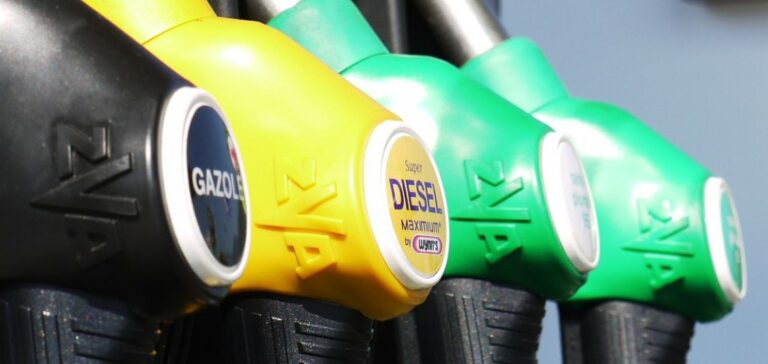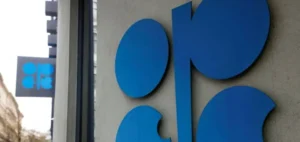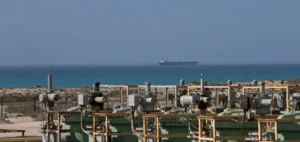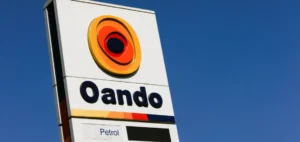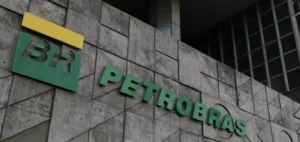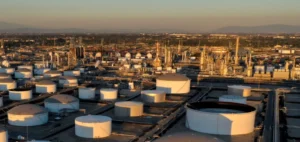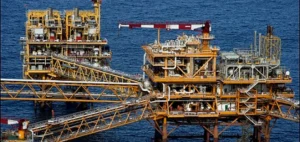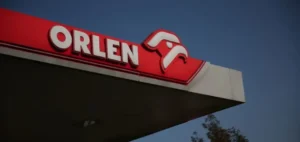The spread between high and low sulfur fuel oils, or the premium for 1%S FOB NWE cargoes over 3.5%S FOB Rotterdam barges, has fallen to a record low of minus $19.25/t, as rising HSFO markets continue to disrupt traditional quality spreads.
Historically low fuel oil spread at NWE: Unprecedented challenges for the oil market
The spread first dropped to $19.25/t on August 2, and fell back to the same level on August 8, as the global shortage of sour crude continues to stimulate a rise in HSFO. This spread, which would normally reflect a premium for superior fuel quality at 1%S, was first reversed in June 2023 and has since reached unprecedented levels.
Previously, the spread hadn’t gone negative since September 2019, when it fell below zero for a day. Prior to 2023, the lowest level recorded was minus $7/t in September 2015.
“Realistically, we shouldn’t see these levels drop below zero,” said one 1%S fuel supplier, highlighting the unprecedented relative strength of the HSFO market.
On average, 1%S cargoes were valued at $91.44/t more than HSFO barges in 2022, and $61.27/t more in 2021. HSFO shortage persists as HSFO storage levels in the Amsterdam-Rotterdam-Antwerp region are reported at half 2022 levels, the transition away from Russian Urals crude has reduced the production of high-sulfur residual fuels by European refineries, which are increasingly using softer crude substitutes.
Diverging trends on the NWE fuel oil market: Contrast between 1%S and HSFO
Meanwhile, production cuts from Saudi Arabia and Russia through September are expected to disproportionately impact heavier crude grades, while seasonal demand drivers such as power generation demand in Saudi Arabia keep markets tight.
As a result, HSFO cracks gradually increased throughout the year, approaching parity with Brent prices and steadily eroding margins for lower sulfur fuel grades (0.5%S and 1%S).
Muted activity for 1%S On the other hand, although 1%S markets have strengthened in recent months, demand remained stable over the year. Sources in North-West Europe and the Mediterranean noted stable demand volumes from utility markets during the month, despite price fluctuations.
However, utility demand contracted over the year, weighing on LSFO markets as lower natural gas prices prompted many countries to return to gas-fired operations in the second half of 2022.
Fuel oil market in Europe: Impact of supply and demand factors in the NWE region
Furthermore, traders did not expect large discounts for the 1%S market to persist, as previously the product had been blended in larger quantities into the HSFO pool in 2023, with prices for both grades converging.
Despite the resilience of HSFO demand over the year, given the massive investment in scrubbers after IMO 2020, analysts also predicted that tighter sulfur differentials would prompt a switch to low-sulfur fuel grades in the months ahead.
Francisco Blanch, commodities and derivatives strategist at BofA Europe, said in an industry report that narrowing spreads make VLSFO increasingly attractive for bunkering over HSFO and for upgrading, while calling into question the economics of HSFO desulfurization.
Delay on the futures market The trend of significantly reduced hi-lo spreads in Europe on the physical spot market has not been fully reflected in the futures curve, where the spread remains in positive territory. Platts, a division of S&P Global Commodity Insights, last assessed the North-West European hi-lo futures differential at $19.50/mt on August 7, after it had strengthened for two consecutive sessions.
Overall, the hi-lo futures market came under significant pressure over the summer. The front-month hi-lo forward spread reached less than $20/mt on June 13 and has remained mainly below this level since, with the exception of August 1. The last time the front-month hi-lo futures differential traded below $20/mt was in the summer of 2020.

